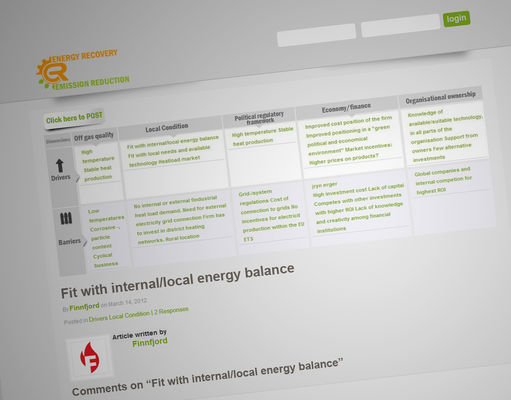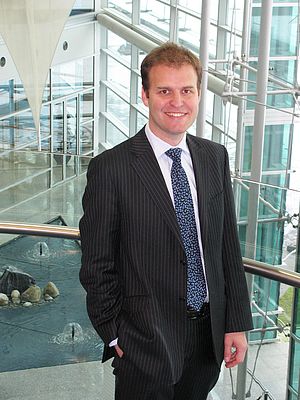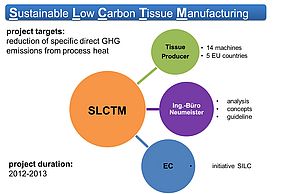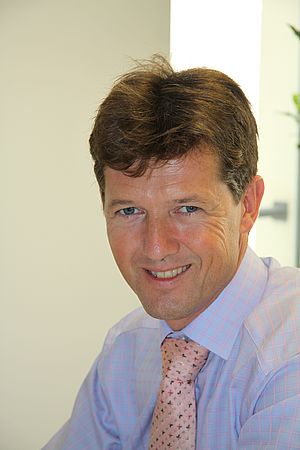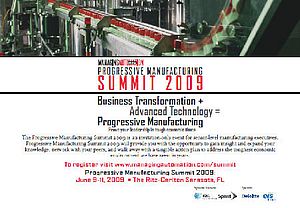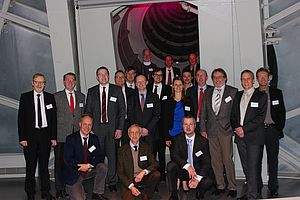The basis of the Energy Recovery> Emission Reduction (ER>ER) project [co-financed by the European Commission, DG Enterprise, under Sustainable Industry Low Carbon scheme (SILC) I] is the realization that there is still an untapped potential within European manufacturing industries and that this can provide for a significant reduction of greenhouse gas emissions directly and indirectly through reduction of total energy consumption. These will undoubtedly contribute to energy security, reduction of cost at the side of business and society, and prevention of carbon leakage. This last point remains an important item in the of an energy intensive company.
Industrial waste heat
According to the European Commission, EU total thermal energy counts for around 46% of EU final energy use. Out of the total heat demand, 42% can be found in the industrial sector. While requiring large quantities of thermal energy, industrial processes also produce thermal energy. First, much of what is initially produced and consumed for industrial processes is eventually exhausted to the environment, either to the atmosphere or in water. Secondly, many industrial processes produce heat as an unintended consequence of chemical and metallurgical processes, and as most unintended consequences the main focus is not on how to make use of it. Most heat produced at EU manufacturing plants is, therefore, wasted.
Potential in waste heat recovery
Studies find that every 100ºC in off gasses from industrial furnaces could contribute to a 5% reduction in energy consumption from external resources. Off gases from metallurgical processes often have temperatures between 350 and 1000 degrees. Casting of hot metal is another heat source, as is excess steam, excess heat from drying of products, flat glass production, heat from steel sintering processes, and heat from cement kilns. It has been found that the total potential in industrial waste heat could amount to a 20 % cut in total industrial energy consumption, if put to use directly and/or indirectly. Directly as process heat in industrial processes or district heating systems, indirectly as electricity. The first is by far the easiest solution, technically, economically and financially. The second is a bit more challenging, but given the energy balance of some plants and communities the only viable alternative.
Barriers and drivers
Many dimensions need to be taken into account to fully utilize the potential. There are some low hanging fruits around, but most companies have been unable to find a balance of cost and technical potential that gives emission reduction as well as securing global competitiveness.
By starting off from a real life project, the largest industrial energy recovery plant in Norway currently installed by Finnfjord, the ER>ER project aims to outline what could be this balance.
Our search starts with the identification of five dimensions for success or failure:
- Off gas quality: Temperature, Content, Stability
- Local environment: Plant/local energy balance, Heat/electricity grid connection
- Political/regulatory framework: Energy cost, CO2-allowances, State aid, Eco-design requirements, Cost of grid connection
- Economy/Finance: Investment cost, ROI, Final cost position, Market incentives, Access to finance
- Organization/Ownership: Knowledge, Support from owners, Alternative investment
Invitation to discussion
We find that technical solutions are plenty; the trick is to find the one suitable to the local potential, at a reasonable price. But are we right? Are we right when we claim that global ownership is a barrier for investment in energy recovery in Europe? Do most projects require state aid, or does the ETS generate sufficient incentives?
These are only few of the questions we intend to answer. We now invite all actors, from technical to policy, from users to solution providers, visit the ER>ER website erer.ee-ip.org to join us in our efforts and contribute with their knowledge and experiences.
By Toini Løvseth, Policy Manager, Finnfjord and Chairman of EEIP Energy Recovery Consortium
Comment by Viola Groebner |
Now more than ever, Europe needs additional and new sources of growth. At the same time, there is an increasing need to do more with less and deliver innovative solutions to environmental challenges. These two aspects are not contradictory. In fact, they represent two sides of the same coin, called sustainable development. And if designed well, they can even be mutually supportive. To that end, policy makers need to create the optimal conditions and incentives for industry to improve its own performance - notably in terms of economic, environmental and social sustainability. Companies, in turn, need to exploit the business opportunities resulting from the transition to a more sustainable, resource efficient and low carbon economy. Ultimately, only innovative companies will be economically successful and be able to contribute to effective environmental protection and social progress. And it must be enterprises of all shapes and sizes that need to be part of the solution. The recovery of waste heat in industrial processes is one paramount example that illustrates the benefits of sustainable solutions. It is a field of activity that still disposes of a huge untapped potential. This is why the European Commission provides its support for projects such as the ER>ER project. We wish it every success in raising awareness and reaching the widest possible community of stakeholders. And we wish it to help stimulating sustainable growth and jobs for European energy-intensive industries. |


